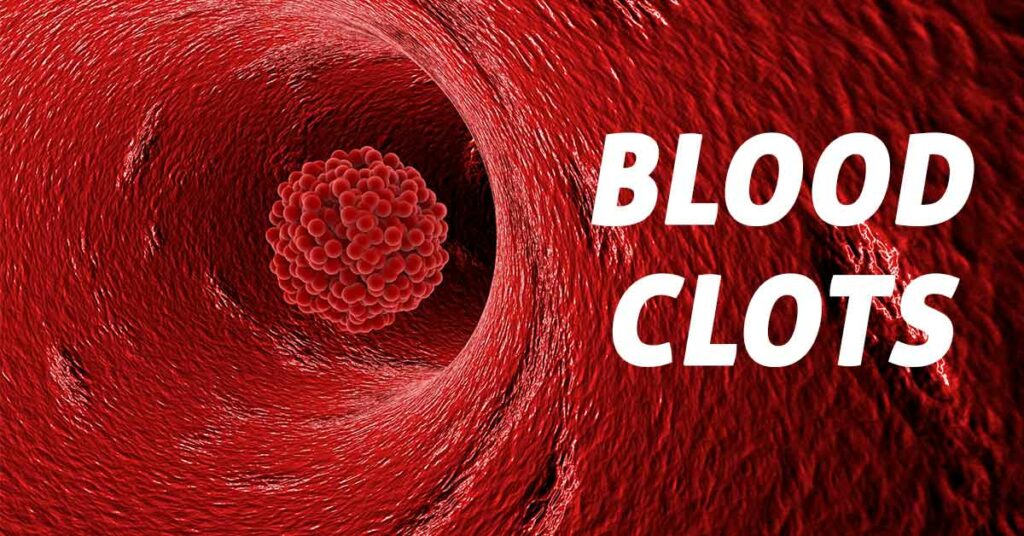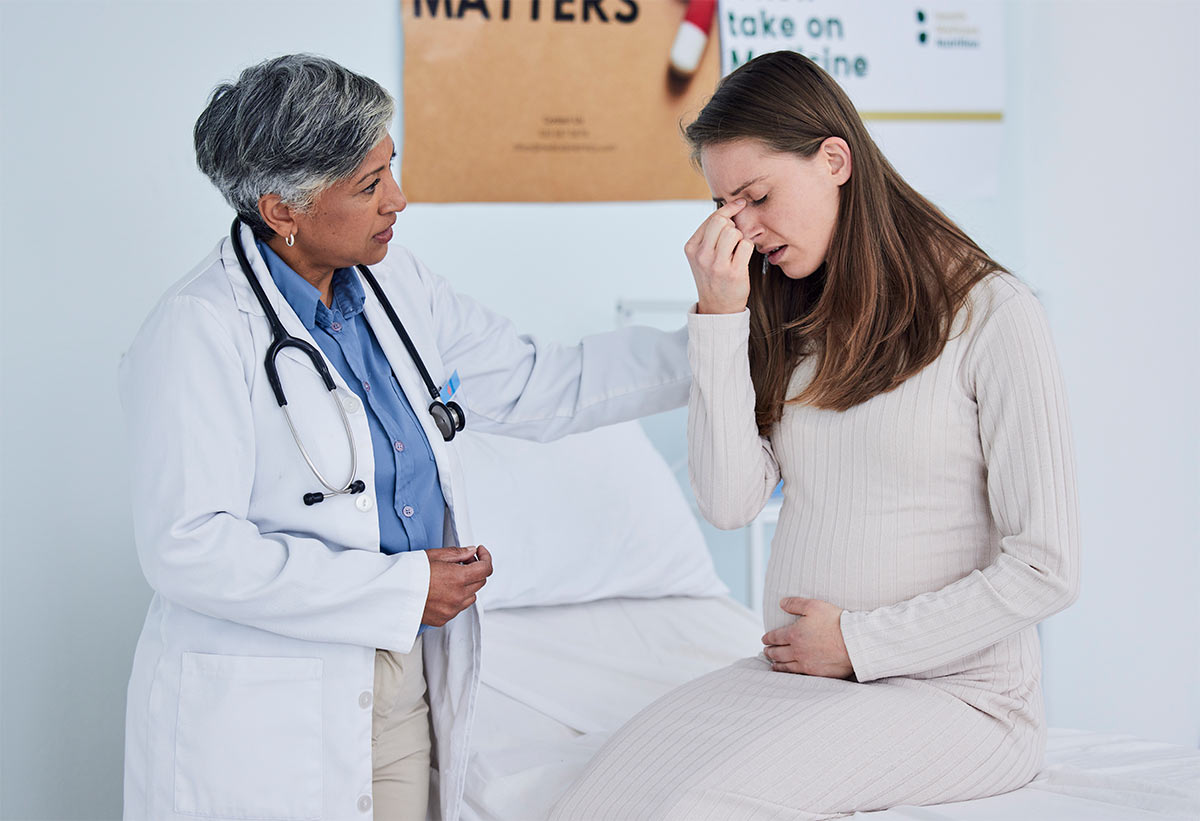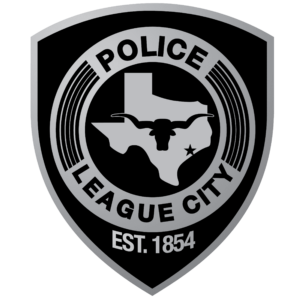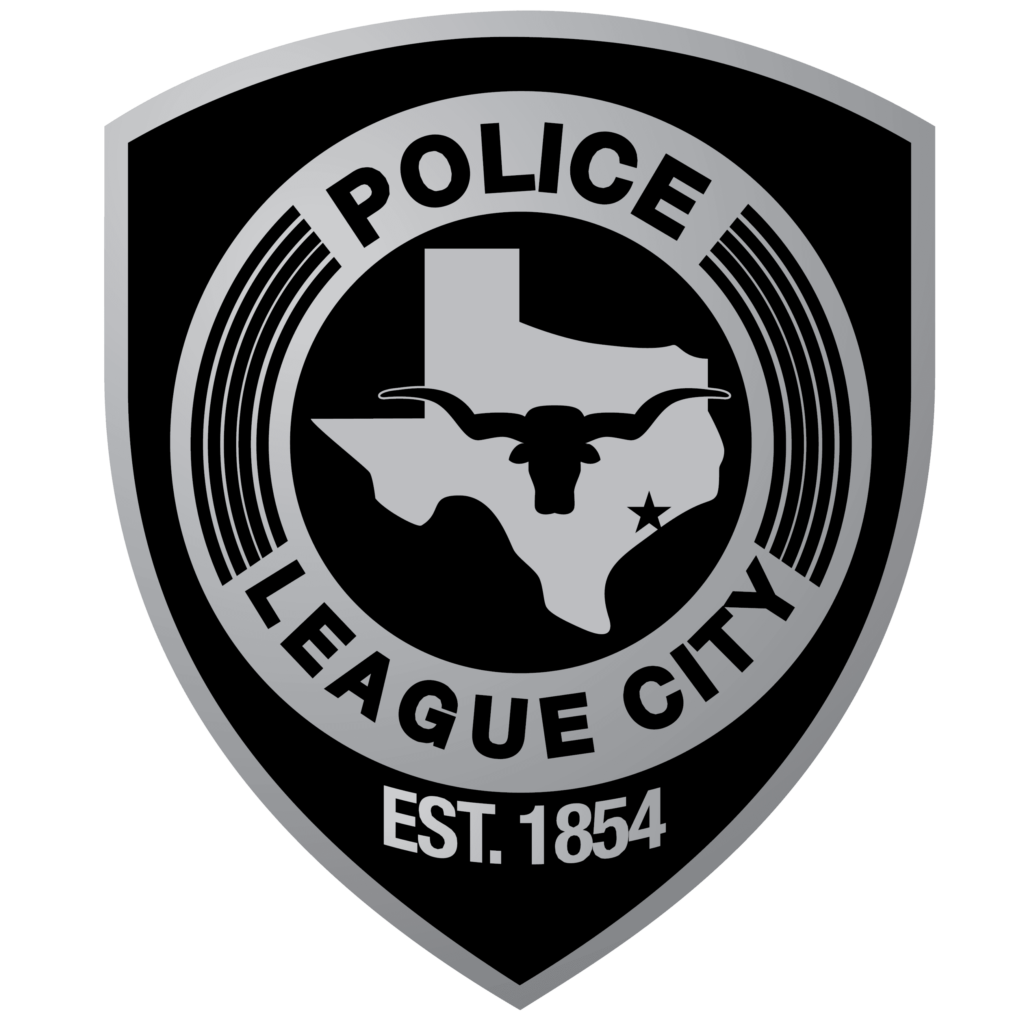
Our blood has a very important job to do. It’s a seamless transport throughout our body of the things we need to stay alive – oxygen, white blood cells that fight disease, nutrition and more. When we cut ourselves, our blood coagulates, or clots to prevent total blood loss. Our blood is often taken for granted. We really don’t have to think about it until something like a cut or injury happens.
A sizable number of lives are affected by a lack of awareness. Statistics reflect that:
- As many as 100,000 lives are lost due to a blood clot in the brain, lungs or extremities
- Pulmonary Embolism is a leading cause of death in women during or post-pregnancy
- 1 in 4 people who have PE die without a warning
- Blood clots are one of the causes of death in people diagnosed with cancer
- 3 in 10 people who have a blood clot will have another episode within 10 years
(CDC 2020)
We want to raise awareness on how blood clots are formed, its signs and symptoms.
What is a Blood Clot?
A blood clot is our body’s self-responding first aid against external bleeding. When it is exposed to air or other substances, it becomes gel-like coagulation formed by platelets and fibrin contained within it. This is the biological function of our body to self-preserve.
There are two ways in which blood clots are formed in our bodies. These include clots that stay static in one place. This is called a thrombosis. Another type of clot breaks away from the spot where it develops and moves to different parts inside our bodies. This can cause an embolism that can rupture. If it is in the lungs or brain, it can be deadly (Blood Clots 2020).
What Causes Clots in Your Body?
Typically, our bodies react to injury or a cut by blood clotting. But, in certain cases, these blood clots are formed without any obvious reason. This may happen due to certain risk factors or conditions such as:
- Prolonged sitting – work, travel, etc.
- Prolonged bed rest due to long time illness, hospitalization or surgery
- Pregnancy, certain hormonal medication, smoking or obesity
- Certain cancer types such as pancreatic, lung, multiple myeloma, or blood-related cancers
- A family history of blood clots
- Diseases related to chronic inflammation
- Certain infections (HIV/AIDS, hepatitis C, or Lyme disease)
- Autoimmune disorders
(Hematology.org 2020)
How Do You Know If You Have A Blood Clot?
Blood clots can travel to the arteries or veins in the brain, heart, kidneys, lungs and even limbs. Depending on where a blood clot gets formed, it has been classified into one of the four categories in the chart below::
- Superficial thrombophlebitis – If the vein that has the clot is just under the skin, it is called a superficial venous thrombosis or superficial thrombophlebitis. This clot also has the possibility of traveling to the lungs if it reaches the deep veins. In such cases, immediate medical attention and treatment are required (Healthline 2019).
- Deep vein thrombosis – Deep vein thrombosis commonly known as DVT occurs when a clot gets formed in one or more deep veins located in our bodies, usually in the arms or legs.
- Pulmonary embolism – It is a blood clot in our lungs. It blocks the routine supply of oxygen. This lack of oxygen can harm other organs in our bodies, too. If the clot is big or the artery is clogged by many smaller clots, a pulmonary embolism can be fatal.
- Arterial thrombosis – It is a blood clot that develops in an artery. It can be fatal when it obstructs or stops the flow of blood to major organs, such as the heart or brain. If a blood clot narrows one or more of the arteries leading to the heart, muscle pain known as angina can occur (NIH 2020).
Symptoms of a Blood Clot
Blood clot symptoms usually vary depending on where the blood clot is located. They can come on suddenly and then get worse fairly quickly.
Superficial thrombophlebitis
- Tenderness and pain that worsens with added pressure
- Pain in the limb
- Darkening of the skin over the vein
- Hardening of the vein
Deep vein thrombosis (DVT)
- Unusual redness and warmth on the skin
- Excruciating pain that’s not caused by an injury
- Swelling in a certain body part
- A cramp-like or charley horse feeling
Pulmonary embolism
- Unexplained shortness of breath
- An unexplained cough
- A faster heart rate
- Chest pain
- Feeling fatigued or not like yourself
Arterial thrombosis
- Cold/chill in the body
- Lack of pulse
- Lack of movement
- Tingling or numbness
- Pain or spasms in the muscles
(US News and World Report 2019)
When a Blood Clot Means an ER Visit
If you have any of the aforementioned symptoms, it is urgent to get to the ER. In most cases, it is best to dial 911 because quick intervention can save lives and there are powerful clot-busting drugs available that when administered quickly, can break up the clot and reduce the severity of damage to vital organs.
Our facility is open 24/7, 365 days each year to serve you quickly. Our Board-Certified ER Physicians have specialized training to deal with life-threatening emergencies such as stroke, pulmonary embolism or heart attack resulting from a blood clot.
We are on a mission to save lives! Educating patients and families is the first line of defense and it’s important to us that we share this information.
Works Cited
“Here’s How to Recognize the Warning Signs of a Blood Clot.” 15 Nov. 2019, U.S. News & World Report, https://health.usnews.com/conditions/articles/what-are-the-warning-signs-of-a-blood-clot.
“Blood Clots.” Blood Clots, 4 Feb. 2020, www.hematology.org/Patients/Clots/.
“Impact of Blood Clots on the United States.” Centers for Disease Control and Prevention, Centers for Disease Control and Prevention, 7 Feb. 2020,
www.cdc.gov/ncbddd/dvt/infographic-impact.html.
“Population Specific Fact Sheet – Blood Clots.” National Disability Navigator Resource Collaborative, nationaldisabilitynavigator.org/ndnrc-materials/fact-sheets/population-specific-fact-sheet-blood-clots/.
“Arterial Thrombosis.” Illnesses & Conditions | NHS Inform,
www.nhsinform.scot/illnesses-and-conditions/heart-and-blood-vessels/conditions/arterial-thrombosis.
Roddick, Julie. “Superficial Thrombophlebitis.” Superficial Thrombophlebitis, Healthline, 20 Sept. 2016, www.healthline.com/health/superficial-thrombophlebitis.
















